DirtyFred
Posts: 99
Joined: 5/22/2014
Status: offline

|

http://www.popsci.com/y-8q-chinas-submarine-hunting-plane-has-giant-stinger
quote:
The Y-8Q will become a significant part of China's emerging ASW operations. Its 5,000km range, wide sensor and weapon range and massive payload will exponentially increase Chinese security against enemy submarines off its coasts and into the East and South China Seas. When combined with other ASW assets, such as underwater drones, missile launched torpedoes and sonar towing Type 065 corvettes, it could make current and planned regional investment into submarines by China's neighbors more of a risky proposition.
Y-8Q: ASW variant, surface search radar, FLIR, internal bomb bay, SATCOM, and tail MAD
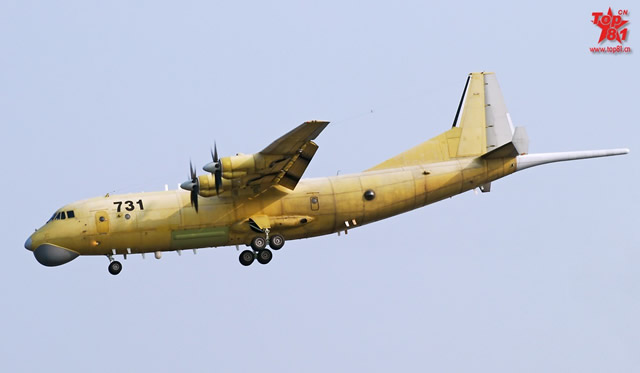
quote:
The Y-8FQ is based on the Y-8 Transport aircraft by Shaanxi Aircraft Company, equipped with four WJ-6C turbofan engines with 6-bladed propellers. The tail of the plane has been modified to improve handling at low speed and low altitude as request by Maritime Patrol Aircrafts mission profiles, when on ASW missions. On such mission the MPA would use its MAD (Magnetic Anomaly Detector) boom to detect submarines. This boom is clearly noticeable at the tail of the Y-8FQ.
From the picture above, we can note that the Y-8FQ is fitted with a chin radome probably housing some kind of maritime surveillance radar. It is also fitted with an Optronics turret and several antennas both at the top and at the bottom of the fuselage. Finally, note the weapon bay doors just in front of the main landing gear, as well as the large bulbous window at the rear for visual observation.
All in all this new Y-8FQ Cub/High New 6 Maritime Patrol Aircraft has all the attributes of a capable MPA like the P-3 Orion, Atlantique II or IL-38. The first Y-8FQ MPA will likely be operated by 2nd Naval Aviation Division 6th Regiment Dalian-Tuchengzi.
also very interesting:
quote:
In 1986, two engineers from Beijing's Ministry of Aviation visited Lockheed. They could not speak very much English, and the Lockheed-Georgia sales person who met them could not speak Chinese. So for half a day, they did a point-and-grunt tour until they were lucky enough to find a Lockheed employee who could speak Chinese. The Chinese wanted to purchase Lockheed wind tunnel testing on the Y-8 in order to address the stall problem.
As a result of these wind tunnel tests, conducted in 1986, Lockheed was given a contract to do a flight test series on the Y-8. Lockheed was told that flight test data was not provided by the Soviets when they helped China build the Y-8 factory. The flight test series was flown by Lockheed test pilot Hank Dees. Hank had flown the test flight series for the Lockheed L-1011 and later for China's Y-12 in Harbin.
During this flight test series, Hank Dees flew the aircraft to stall speed and taught Chinese pilots how to anticipate a stall in order to prevent letting the aircraft go inverted. As a result of this test flight series, Chinese pilots started to use the 45 degree flap position.
Lockheed's motive for doing flight tests was to demonstrate that China would be better off buying the C-130 rather than trying to improve the Y-8. China did buy C-130's, but the flight test series actually demonstrated that the Y-8 was a more capable aircraft than previously believed.
In the late 1980s, Lockheed Martin, the American manufacturer of the C-130 Hercules, helped China to develop a pressurized cabin for the passenger version of Y-8, resulting in two versions: the first had half of the cabin pressurized and later, the second version in which the complete cabin was pressurized.
In 2001 and 2002, new consulting arrangements between Antonov and Shaanxi resulted in modernized redesigns to the Y-8's wing and fuselage. As a consequence the redesign allows the Y-8's fuel capacity to be increased by 50 percent.
_____________________________
One equal temper of heroic hearts,
Made weak by time and fate, but strong in will
To strive, to seek, to find, and not to yield.
|
 Printable Version
Printable Version










 :
: 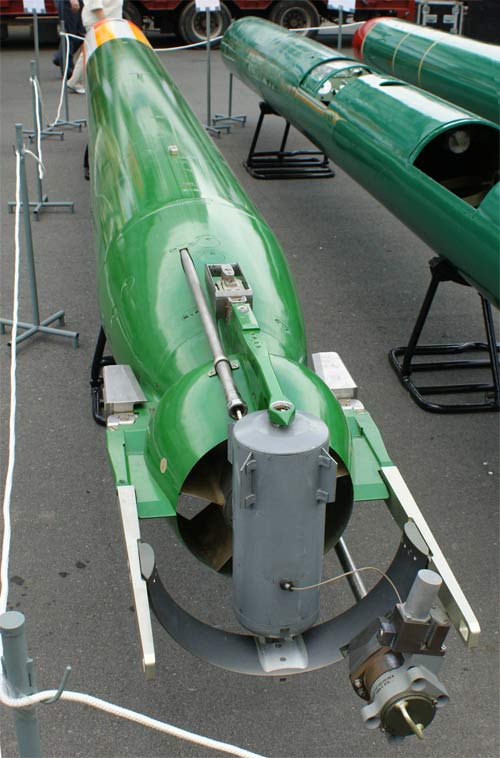
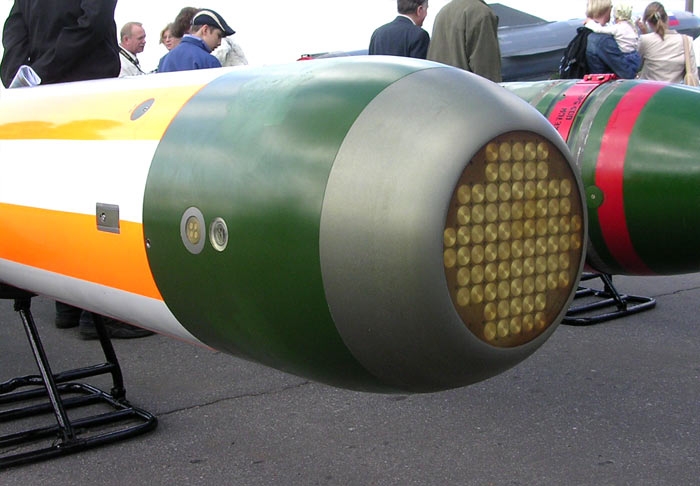
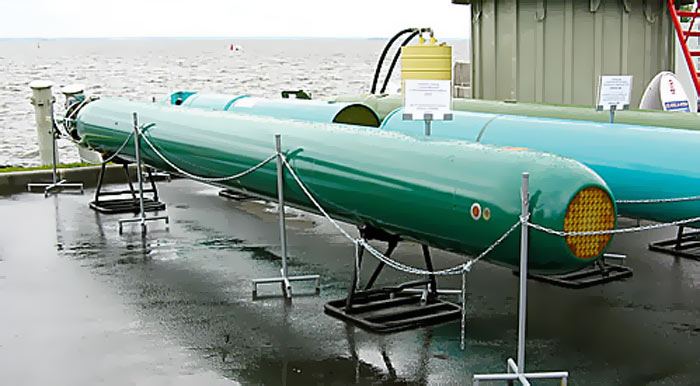

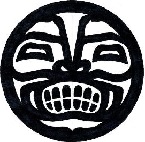
 )
) 

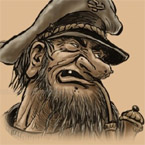





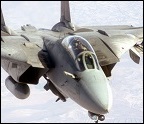



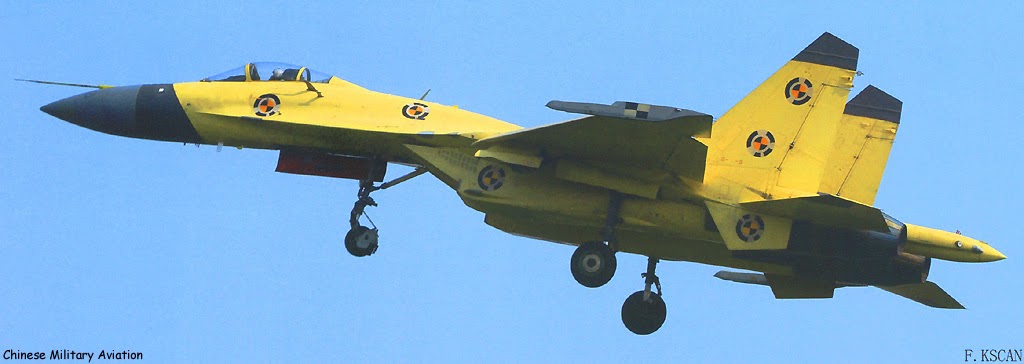


 New Messages
New Messages No New Messages
No New Messages Hot Topic w/ New Messages
Hot Topic w/ New Messages Hot Topic w/o New Messages
Hot Topic w/o New Messages Locked w/ New Messages
Locked w/ New Messages Locked w/o New Messages
Locked w/o New Messages Post New Thread
Post New Thread